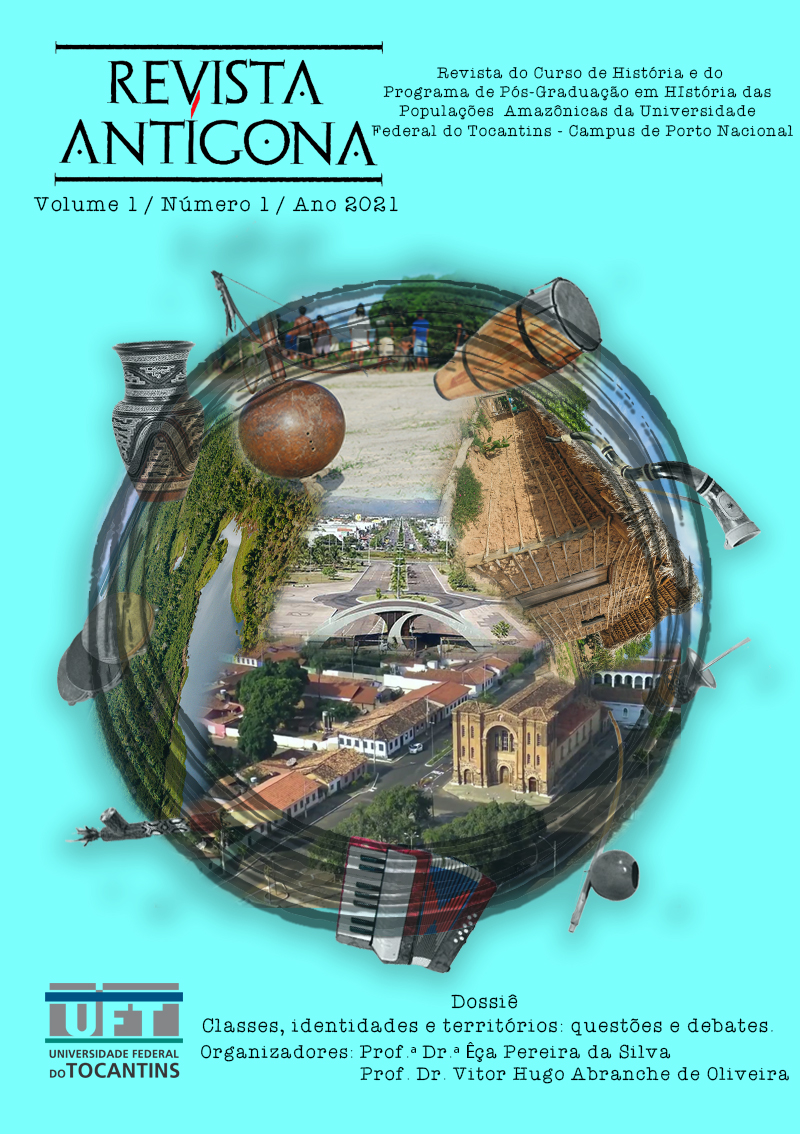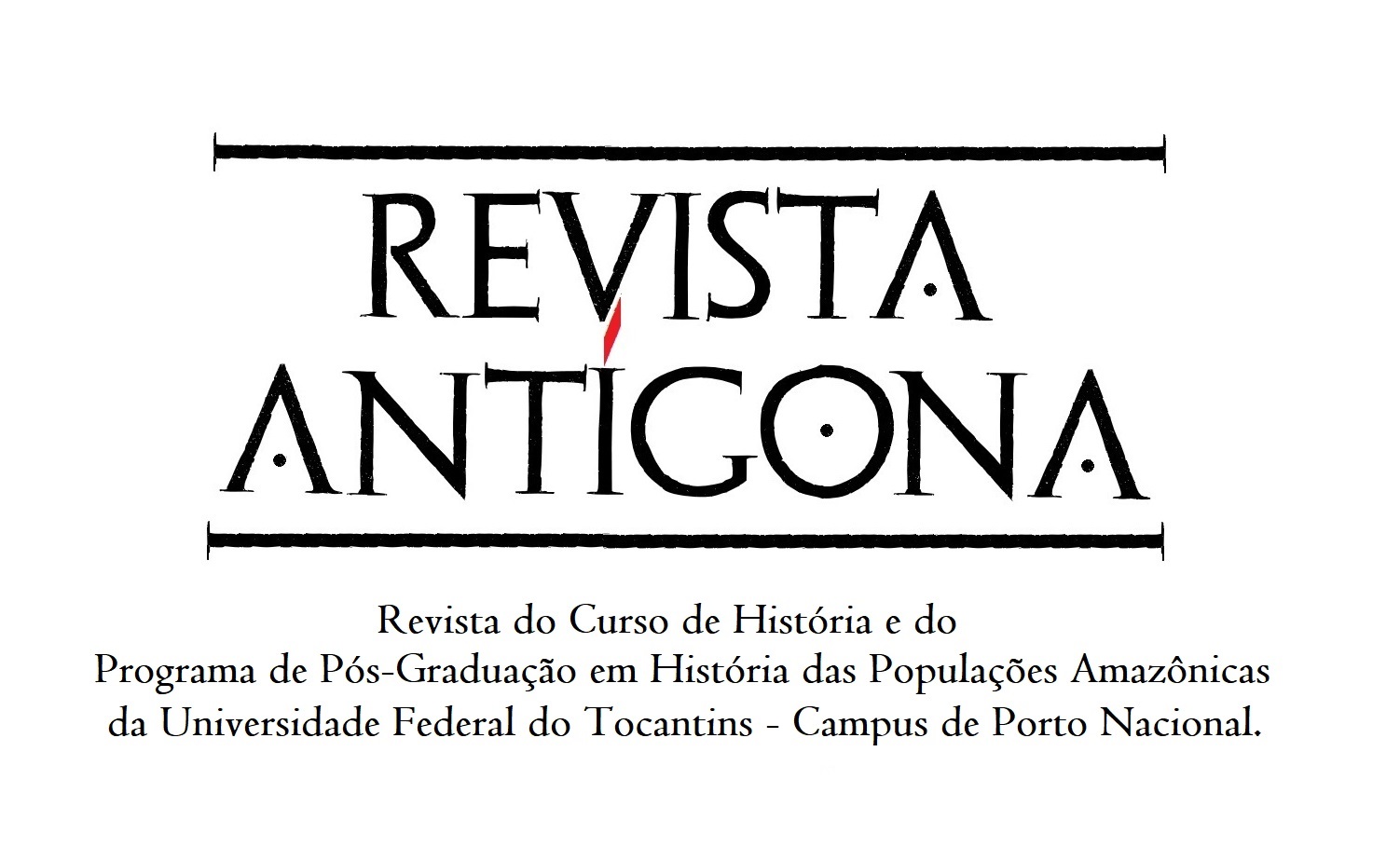BAUDELAIRE CRÍTICO DA SOCIEDADE MODERNA: LEITORES.
DOI:
https://doi.org/10.20873/uft.2763-9533/2021.1.2Resumen
Na poesia de Baudelaire estão presentes as metáforas da morte, da destruição, da degeneração, da putrefação, da caveira. São alegorias mais que apropriadas para mostrar o que ocorria com o corpo da cidade. São fragmentos figurativos mostrados dispersamente, sem forma, mas nunca uma imagem completa ― e isso lhes confere o caráter alegórico. A imagem é fragmento, ruína. É importante ressaltar que essa superação só pode ser realizada na própria prática textual; por isso, os escritores são considerados por Roland Barthes (1987) como aqueles que mais se aproximaram da construção de uma semiótica urbana. Baudelaire se entregou a tudo com muita paixão. Mergulhou nas ruas de Paris em busca de experiências que pudessem ser agregadas ao seu fazer poético: ele amava toda a vida que florescia nos submundos da metrópole. Paradoxal, com uma insólita capacidade de mudar substancialmente de direção, Baudelaire quis viver todas as experiências, mas, ao mesmo tempo, sabia que não se podia perder a disciplina. A cidade em Baudelaire só pôde ganhar forma na fantasia: era o mundo no qual “novos palácios, andaimes, blocos de pedra, antigos subúrbios, para mim se transformam em alegorias”; era um “cenário como a alma do ator”, um cenário cuja virada transformava o ator em sua própria forma.



